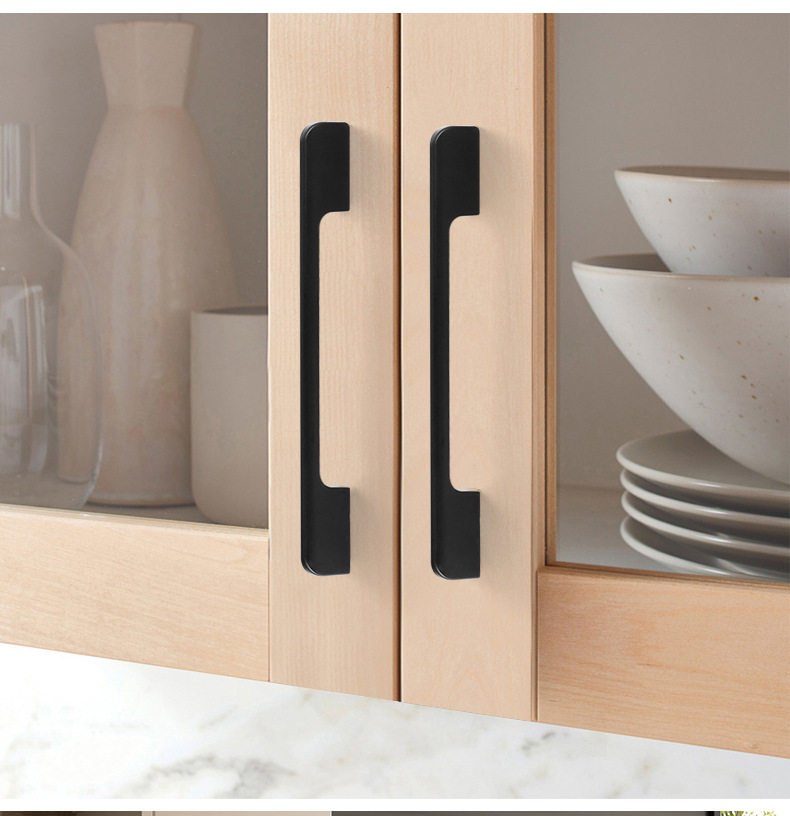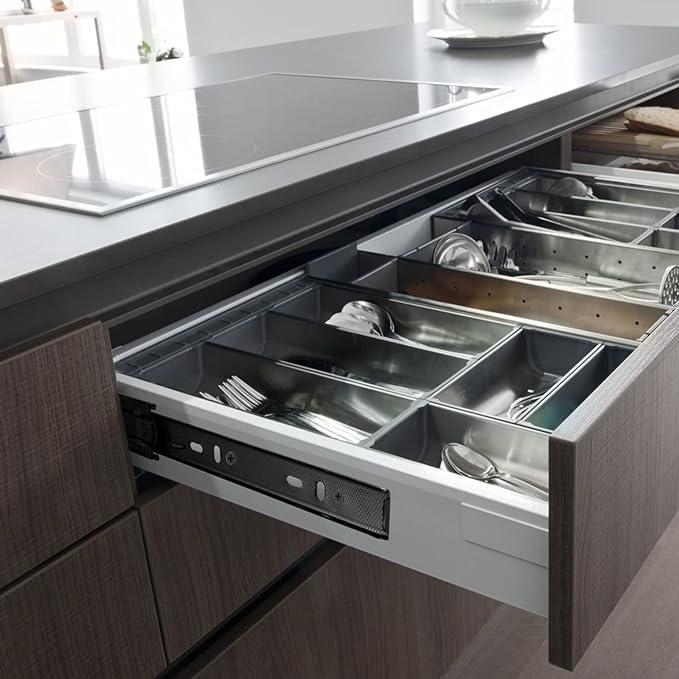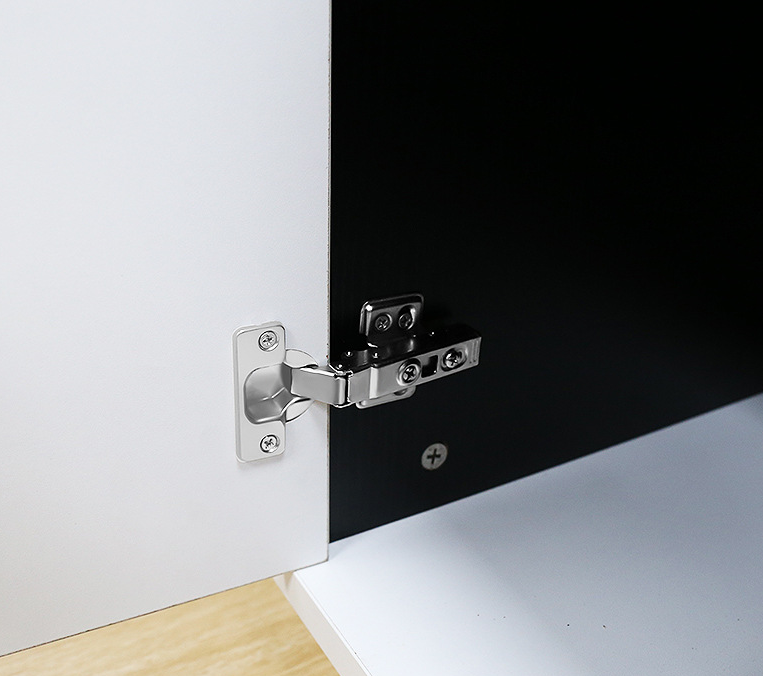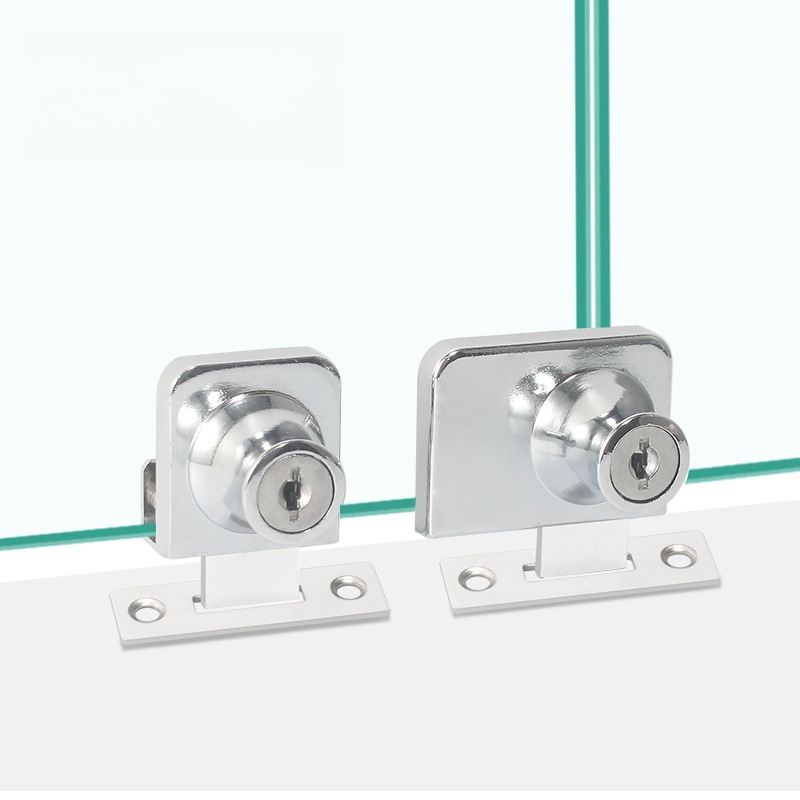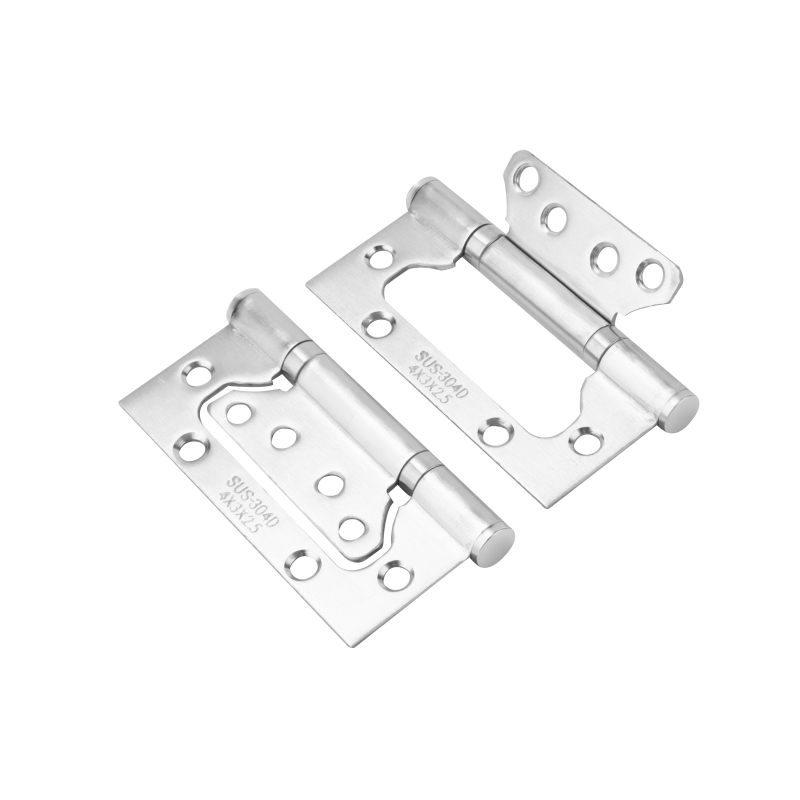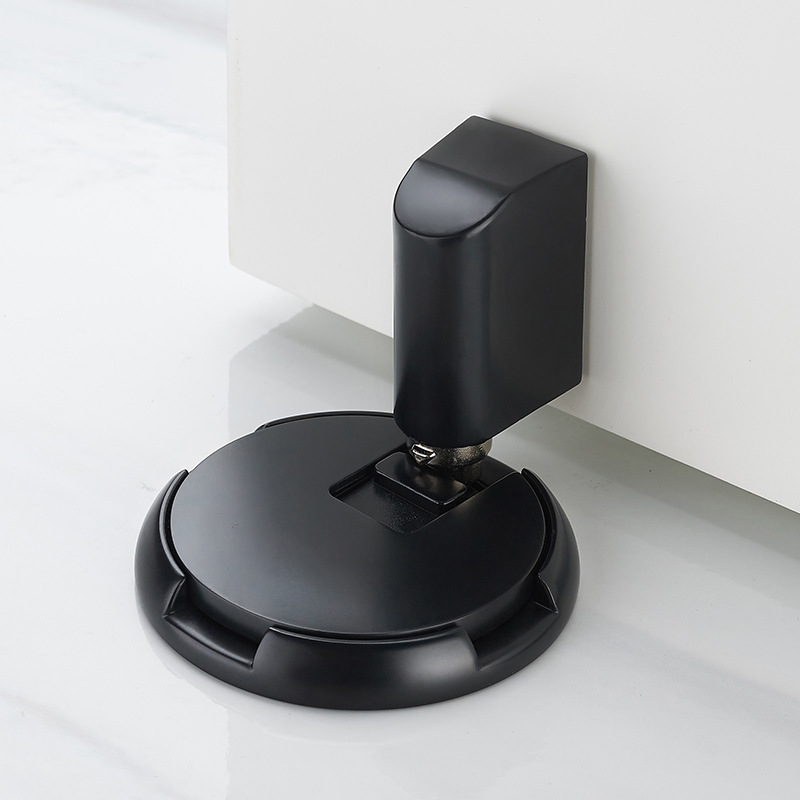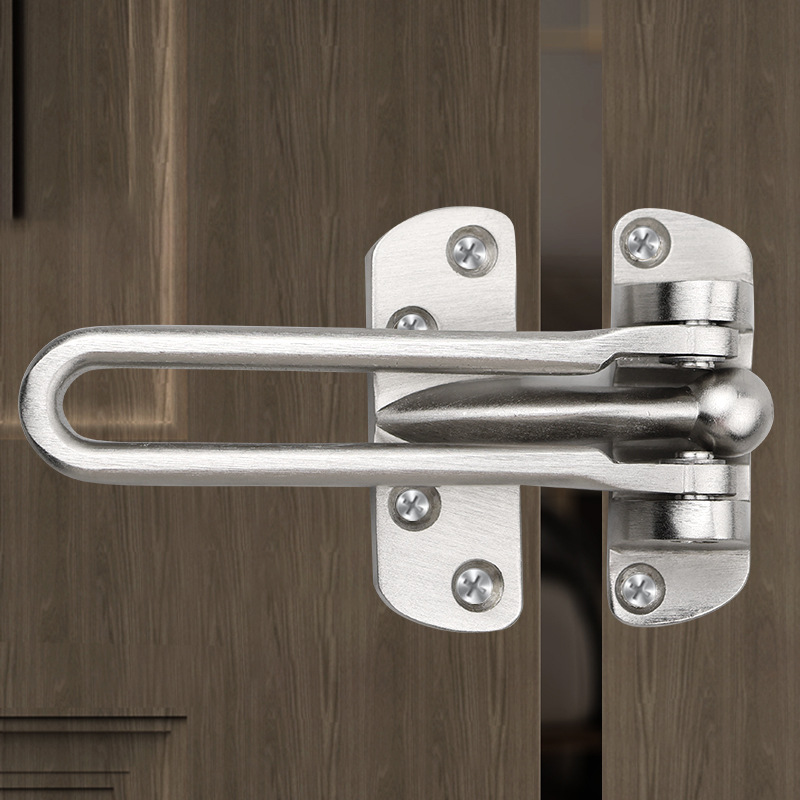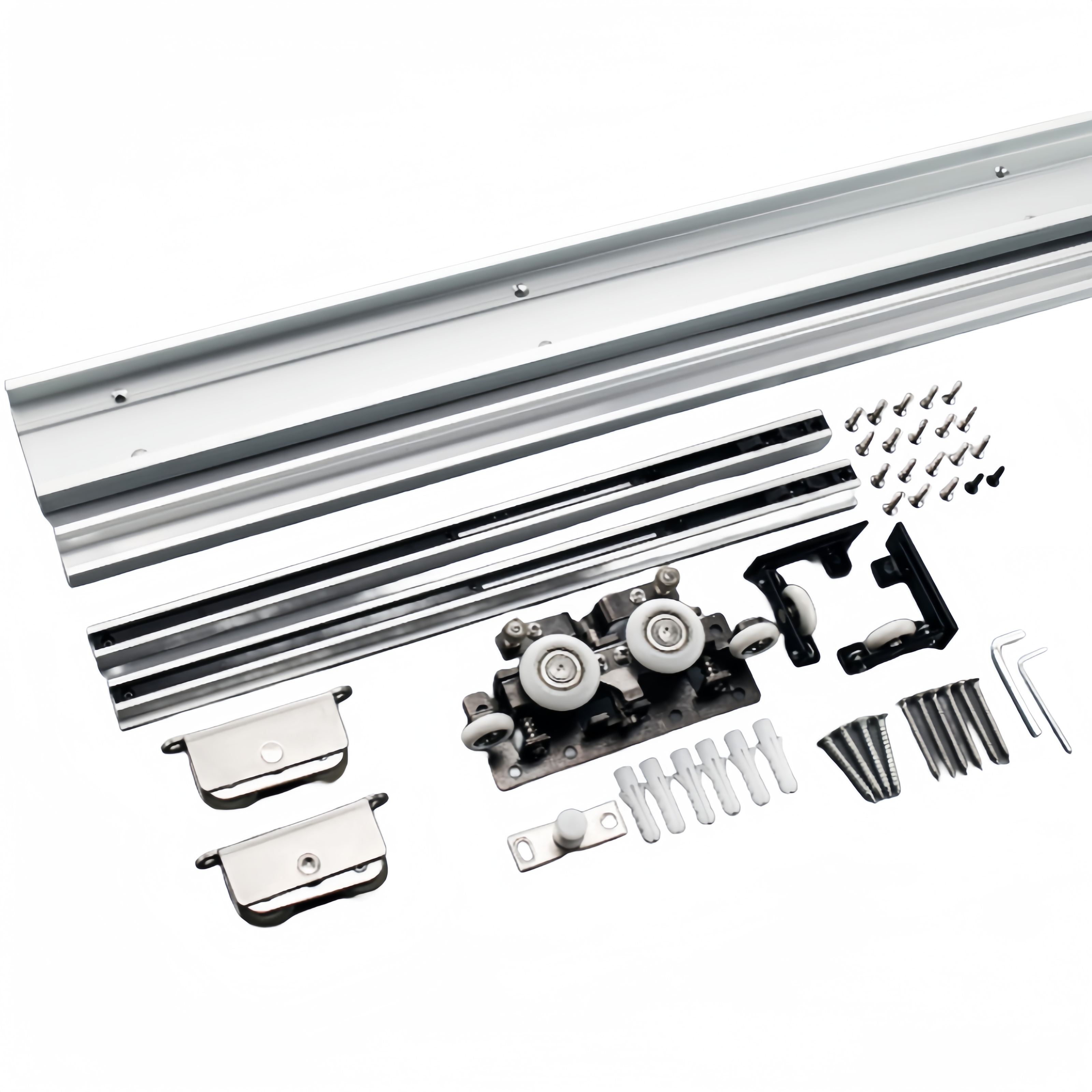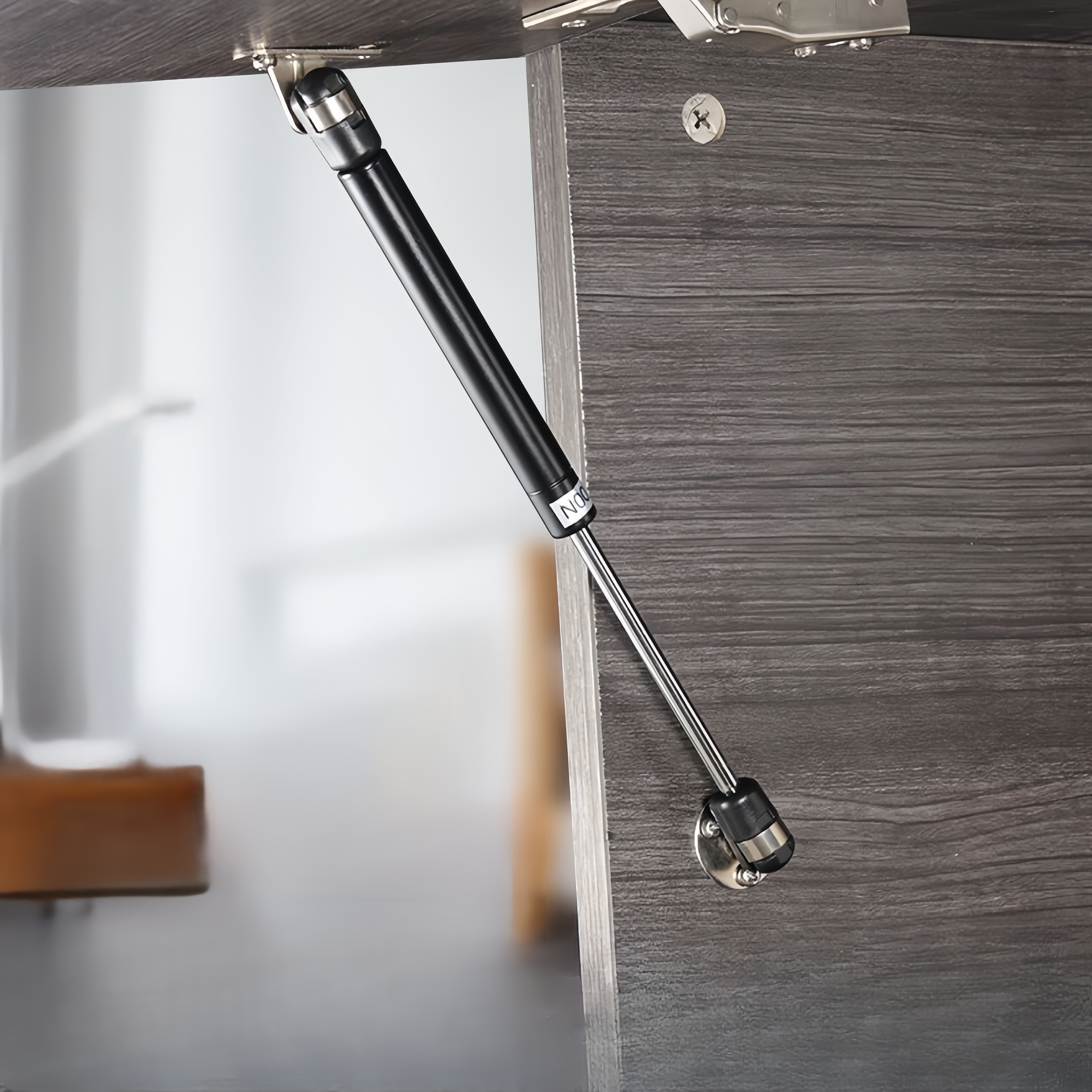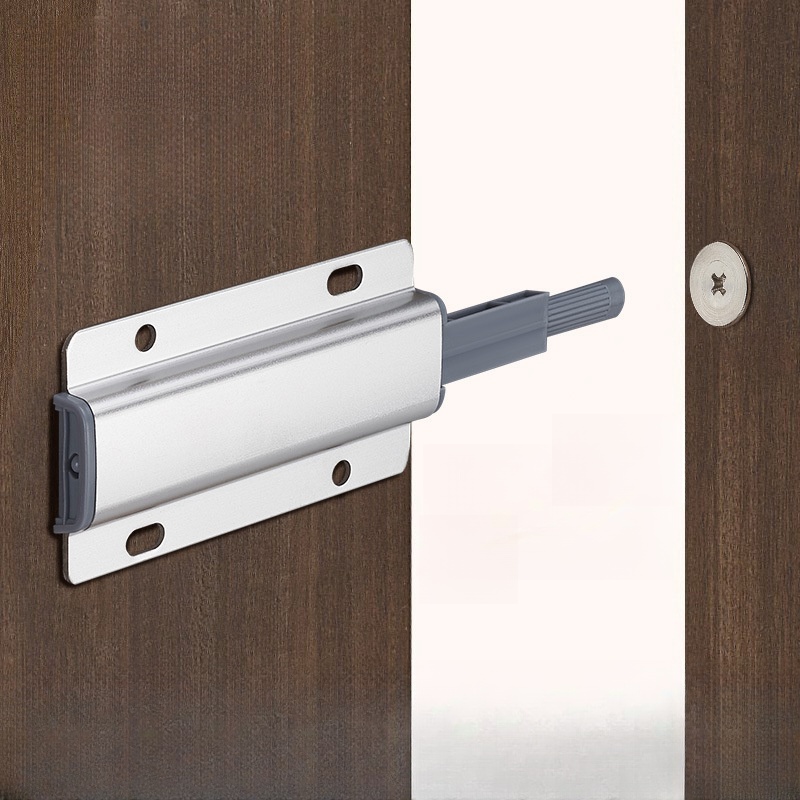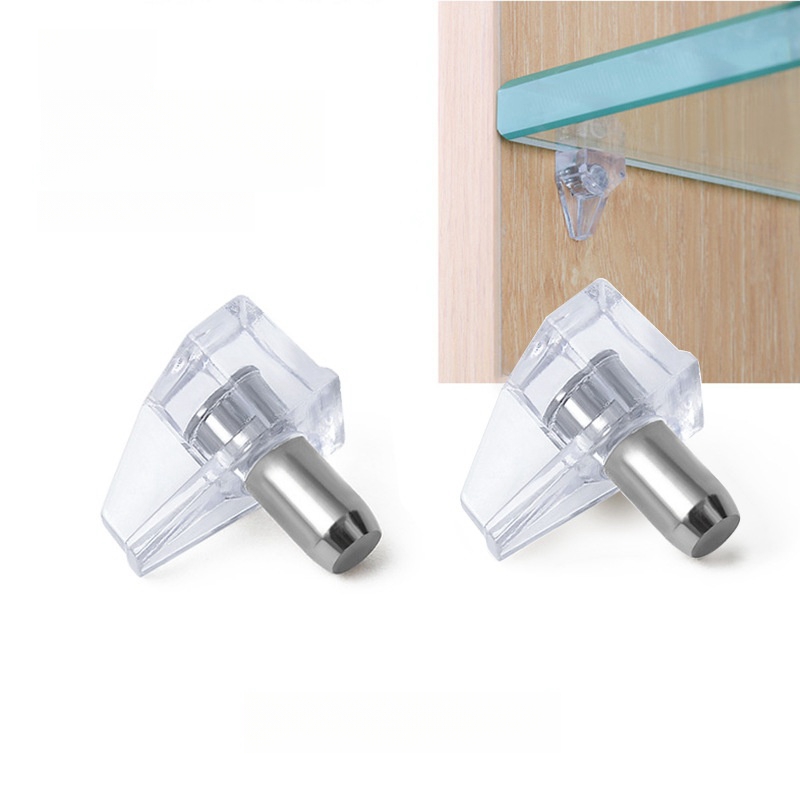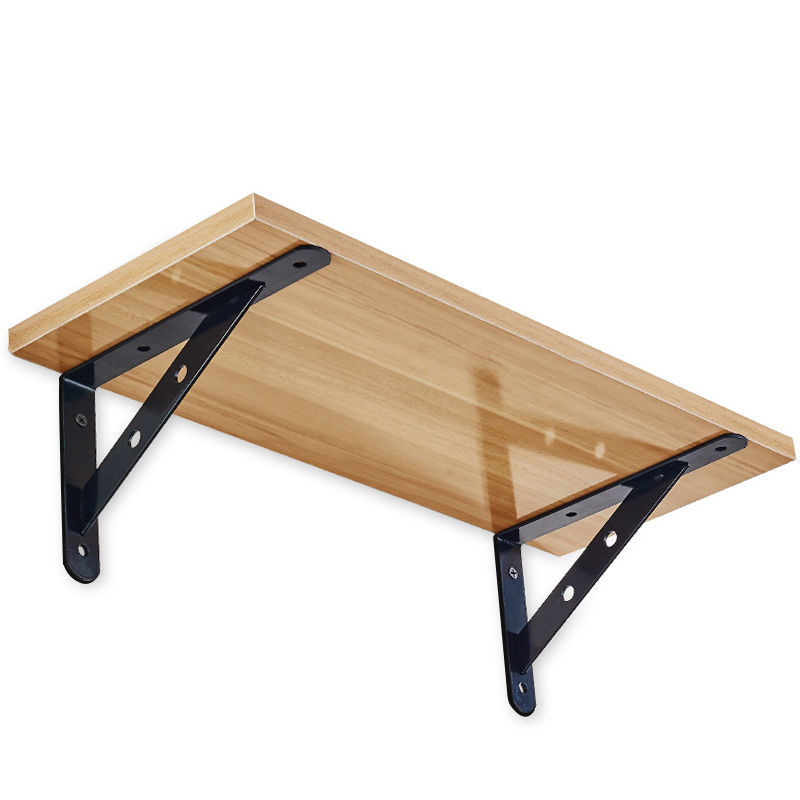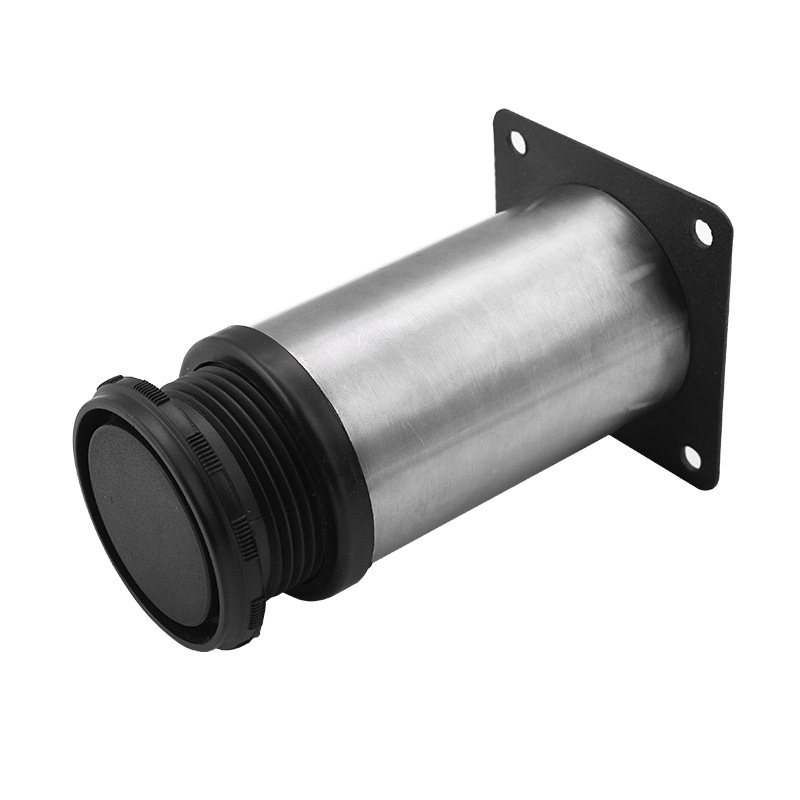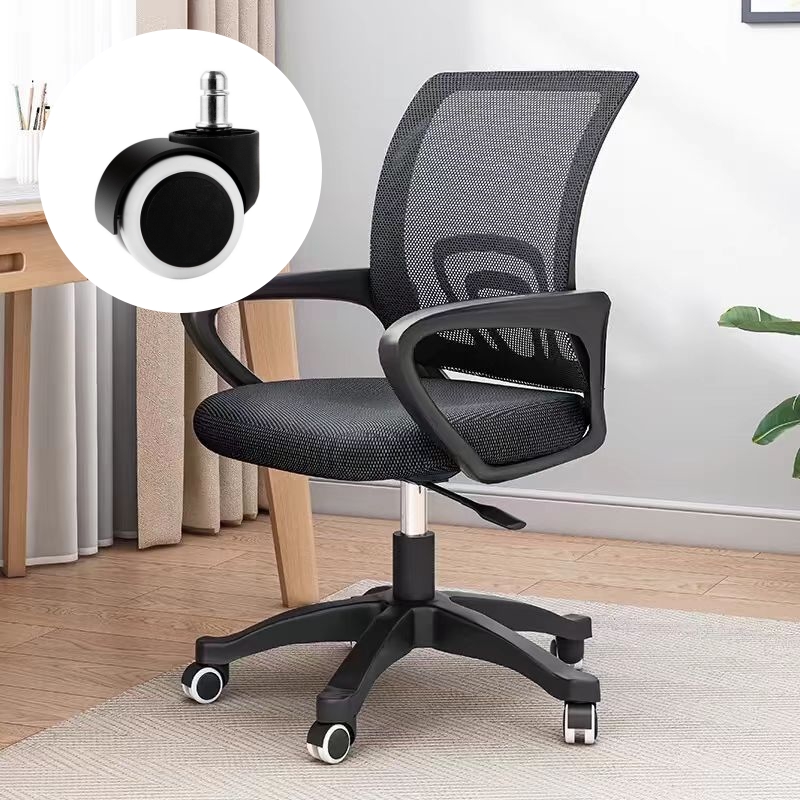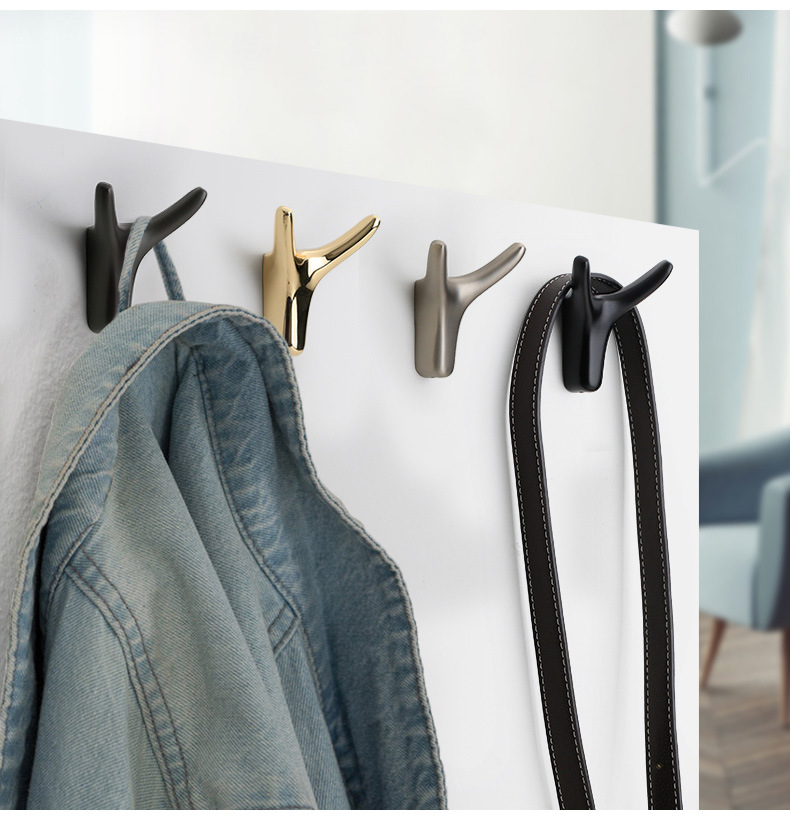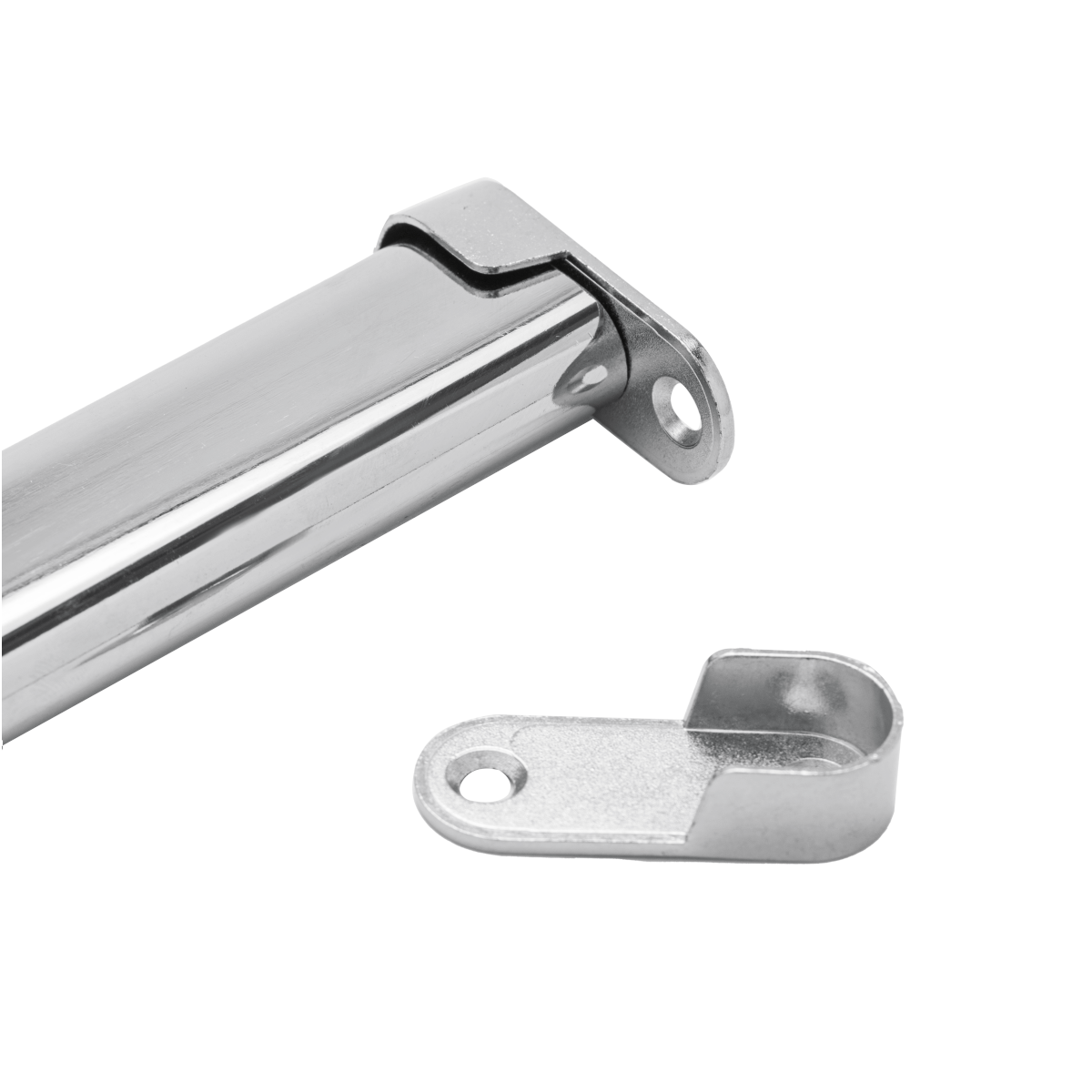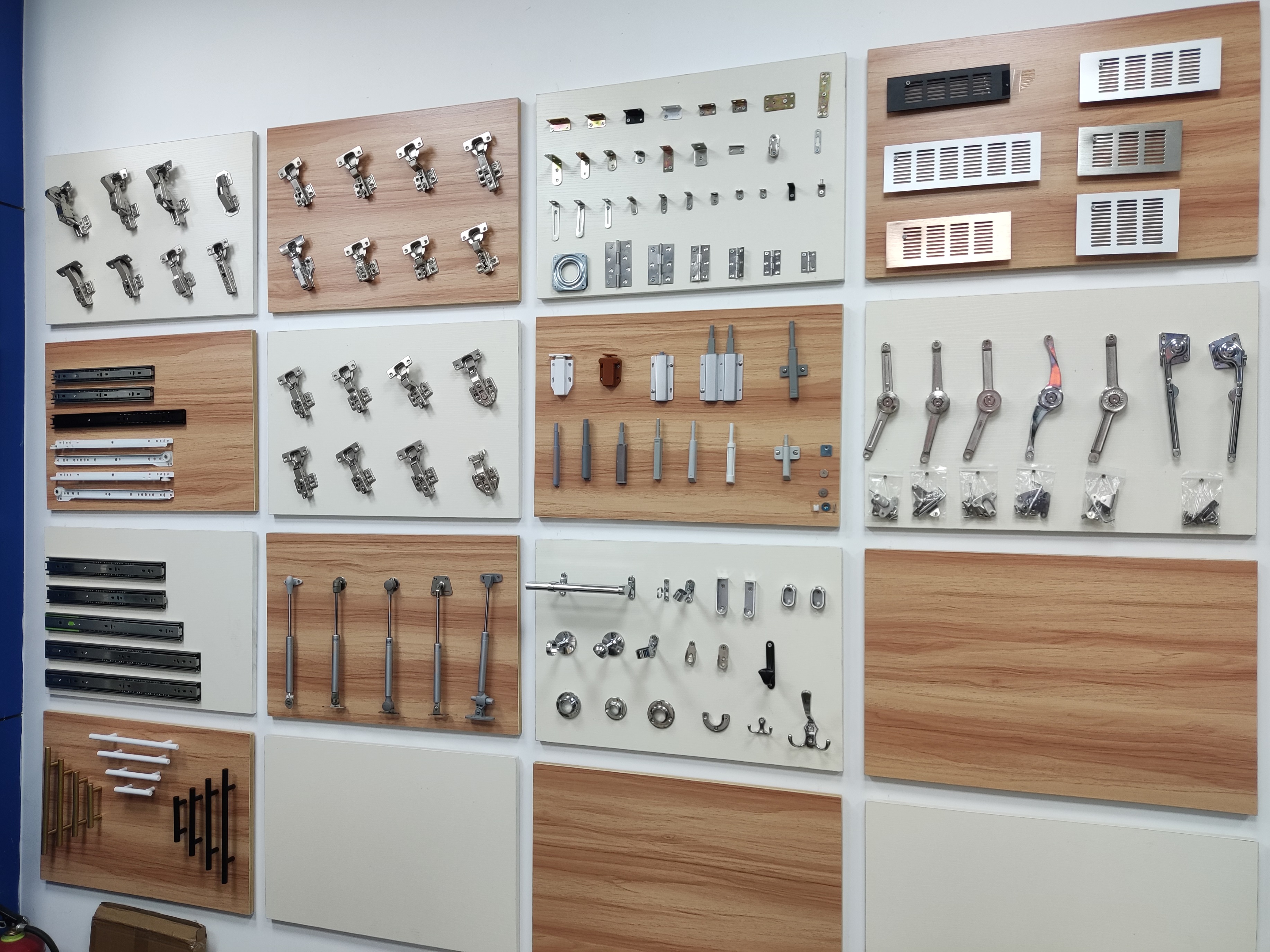
ABOUT
Guangzhou Toplink hardware Co., Ltd specialized in the production and export of furniture hardware fittings, with an experience of more than 14 years.
Our main products are drawer locks, cabinet hinges, sliding rails, cabinet handles, casters, cabinet legs and connecting fittings etc..
With a complete range of products, excellent performance and reasonable prices we have built up business with many customers all over the world.
We are committed to strict quality control and considerate customer service. We sincerely looking forward to becoming your best choice and the most reliable partner!
PRODUCTS
door latch stuck in open position
Mechanical Issues: The Heart of the Problem
The most frequent culprit behind a stuck door latch is a mechanical malfunction. This often stems from wear and tear. Years of consistent use can cause the latch bolt to become worn, bent, or misaligned. The bolt itself might be damaged, preventing it from properly engaging with the strike plate. This is particularly common in high-traffic areas like front doors that are used frequently. The constant pressure and friction can gradually degrade the components, leading to a failure where the latch remains stubbornly in the open position.
Another mechanical problem involves the latch mechanism itself. Internal springs, levers, and other small parts can become weakened or broken, disrupting the smooth operation of the latch. Dust, debris, and even paint build-up can interfere with the precise movements necessary for the latch to engage correctly. These microscopic obstacles can hinder the bolt's ability to extend fully, preventing it from securely locking into the strike plate. Regular lubrication can help prevent some of these issues, but significant damage often requires replacement.
Finally, consider the strike plate. This often-overlooked component is crucial for the latch's function. If the strike plate is loose, damaged, or improperly positioned, the latch bolt will struggle to engage, potentially remaining open. The screws securing the strike plate might be loose, allowing it to shift, or the hole itself may be worn or damaged from years of use. A misaligned strike plate is a common cause of latch problems and is often easily remedied with minor adjustments or replacement.
Improper Installation or Adjustment: Human Error
Sometimes, the problem isn't inherent to the latch itself, but rather stems from improper installation or adjustment during initial setup or subsequent repairs. An incorrectly installed latch will never function optimally, and this can manifest as a latch stuck perpetually open. The latch might be installed at the wrong height or angle, preventing the bolt from properly engaging with the strike plate. This subtle misalignment can have a significant impact on the latch's performance.
Similarly, careless adjustments to the door or frame can also lead to problems. For instance, if the door frame has shifted or warped over time due to settling or environmental factors, the latch bolt might no longer align correctly with the strike plate, causing it to remain open. Likewise, adjustments to the door itself, such as sanding or planing, could inadvertently affect the alignment, making the latch inoperable.
Incorrectly tightened screws on either the latch or strike plate can also contribute to the problem. Over-tightening can damage the components, while under-tightening will lead to instability and misalignment. The balance is crucial for ensuring the latch operates smoothly and securely. Proper installation and careful attention to detail during any adjustments are essential to prevent such problems.
Environmental Factors: External Influences
While less common, environmental factors can also play a role in a door latch getting stuck open. Extreme temperatures, particularly extreme cold, can cause the metal components of the latch to contract or expand, affecting their alignment and functionality. This can lead to sticking or jamming, potentially resulting in the latch remaining stubbornly open.
Humidity and moisture can also contribute to the problem. Exposure to water or excessive humidity can cause rust or corrosion on the metal parts, interfering with their smooth operation. This is especially true for older latches that lack protective coatings. Rust and corrosion can significantly impede the movement of the latch bolt, leading to its failure to engage properly.
Finally, consider the impact of swelling wood. If the door or the door frame is made of wood that is exposed to significant changes in humidity, the wood can expand or contract, impacting the latch's alignment and functionality. This dimensional change can put pressure on the latch, making it difficult or impossible to close.
Troubleshooting and Solutions
Before resorting to replacing the entire latch mechanism, consider these troubleshooting steps: First, inspect the latch bolt for any bends or damage. Straighten any bends gently using pliers. Check the strike plate for looseness, damage, or misalignment; tighten loose screws or replace the plate if necessary. Lubricate the latch mechanism with a suitable lubricant, such as graphite powder or silicone spray, to reduce friction. If the problem persists, carefully examine the latch's internal components for any broken or damaged parts.
If the problem appears to be related to door or frame alignment, consider adjusting the door or frame to ensure proper alignment between the latch bolt and the strike plate. This might involve shimming the door or adjusting the hinges. If you're unsure about any of these steps, it's best to consult a professional locksmith or handyman. Attempting complex repairs without the necessary skills could lead to further damage and increased costs.
Ultimately, preventing a stuck door latch involves regular maintenance. Periodically inspect the latch and strike plate for any signs of wear and tear. Lubricate the mechanism regularly to reduce friction. Address any alignment issues promptly. By paying attention to these details, you can prevent the frustration and security risks associated with a stubbornly open door latch.
SUBSCRIBE
INQUIRY
